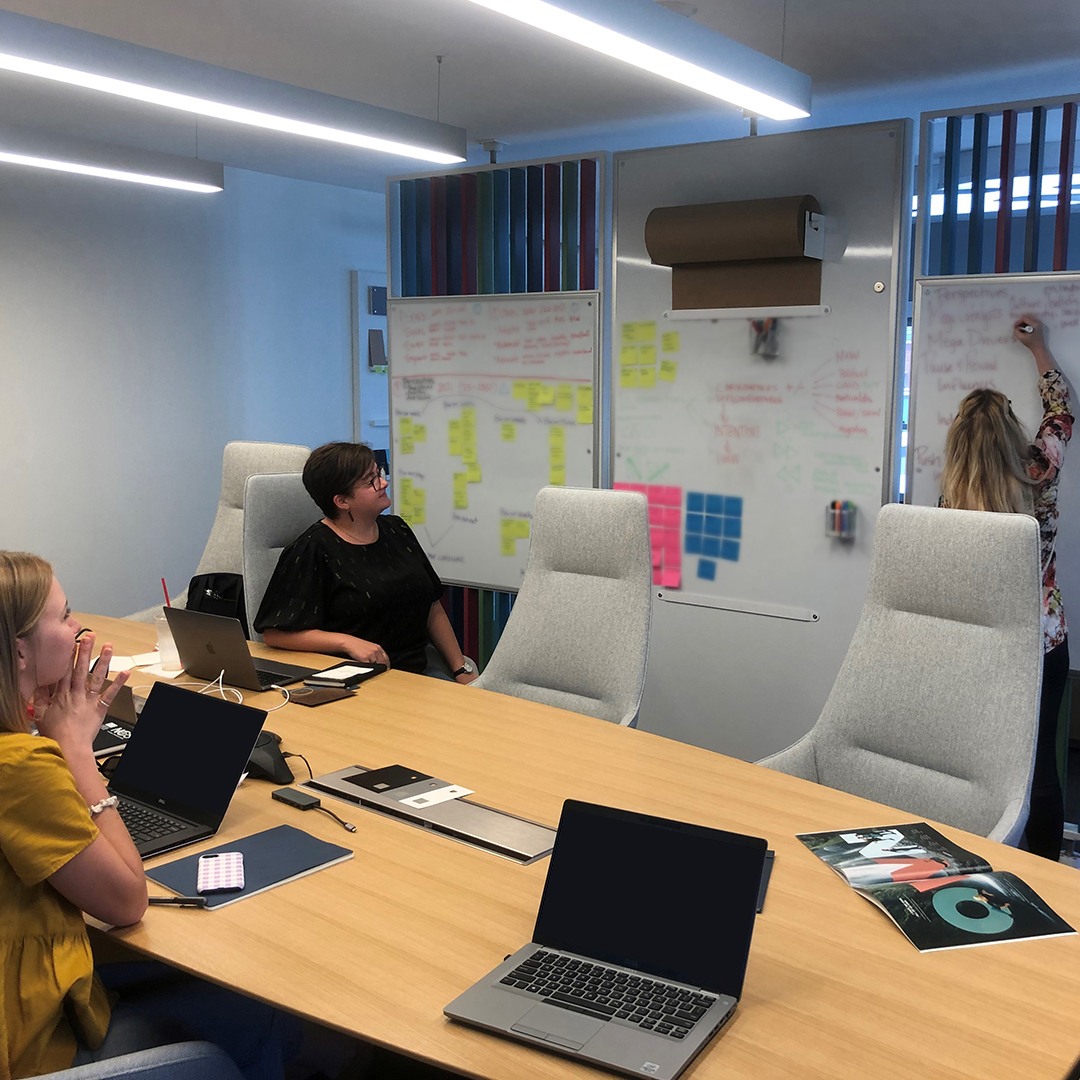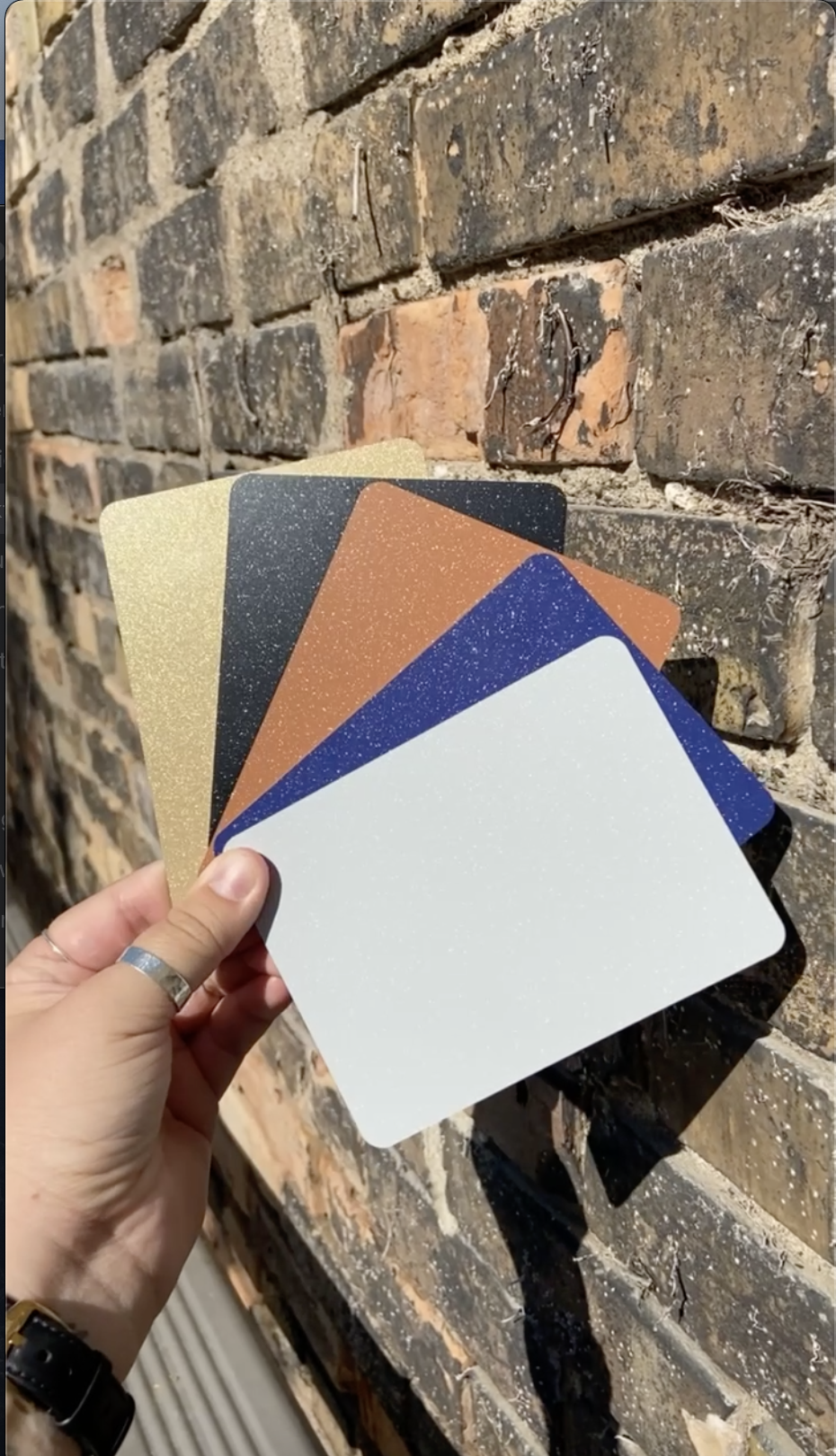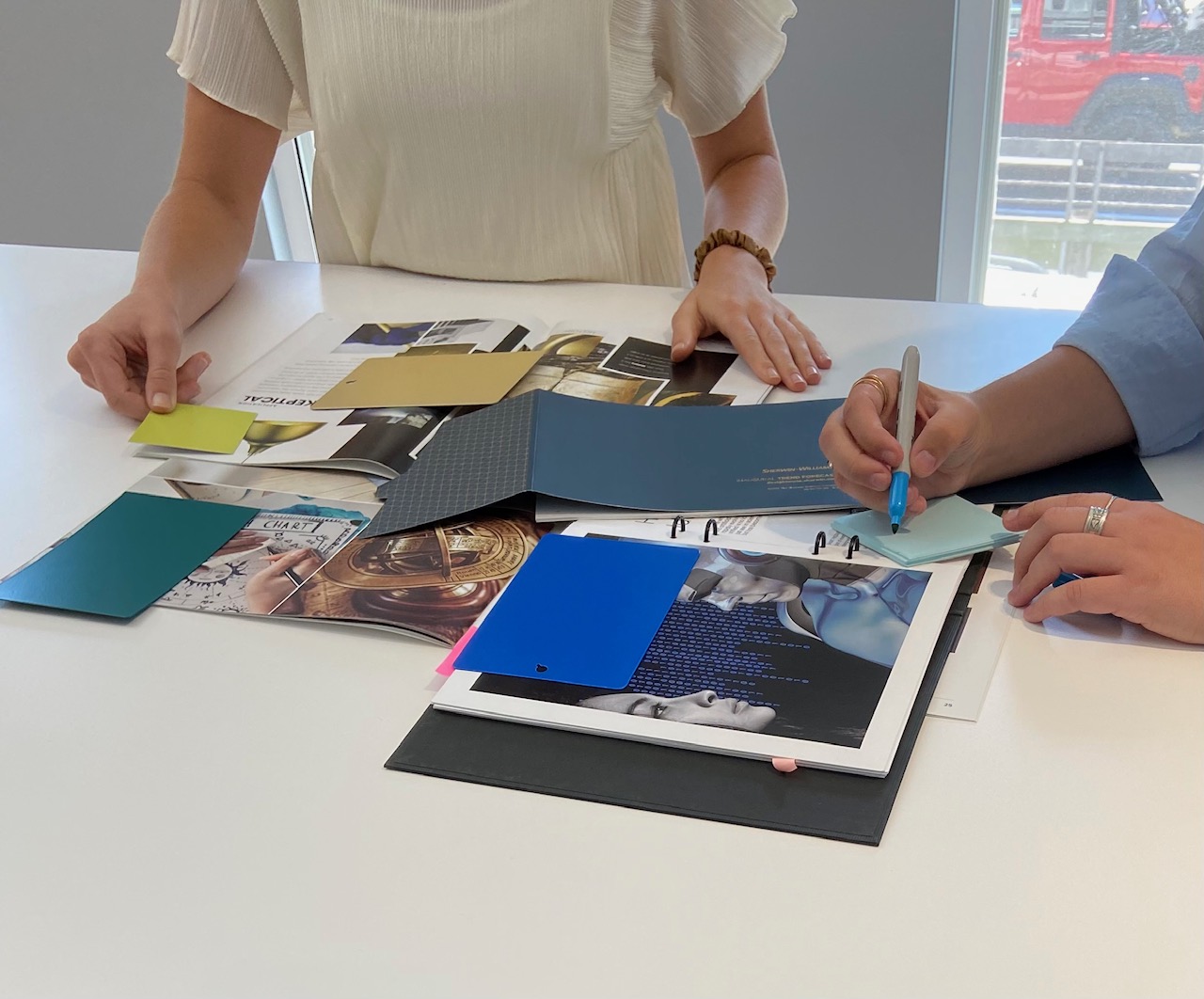‘Tis the season for color trend reports. Late-summer to mid-fall is the most popular timeframe for color authorities throughout the world to publish their color trend forecasts that predict the future of color for the coming years.
Color achieved through paints, coatings and finishes is one of the easiest and most efficient ways to embolden or soften an interior or exterior space. For architects and designers in both commercial and residential markets, color trend forecasts from coating suppliers can serve as useful tools that can guide practitioners and clients in selecting color solutions for their next project. At the bare minimum, these reports reveal the possibilities of color, and can be used to inspire, educate or reduce intimidation levels surrounding choosing the “right” hue, texture and gloss level.
Trend Methodology
Color trend forecasters – no matter what industries they serve – use unique methodologies to develop trend reports that are shaped by a wide variety of data sources, ranging from sales and inventory analyses to research providers that track larger global and societal trends. The M3 Trend method I developed a few years ago while working at my consultancy, Colour Couture, has laid the foundation for industrial color forecasting at the Sherwin-Williams DesignHouse – our unique facility centered around color and design for various industrial markets.

In collaboration with the Sherwin-Williams Coil Coatings team, we publish a color trend forecast that specifically targets coil and extrusion applications. Without exposing trade secrets, here’s a high-level overview of its six-step forecasting process:
- Trend management: The multidimensional and cyclical nature of trends requires continuous management of all the steps within the methodology
- Trend identification and research: Reviewing, reading and realizing patterns in the wide spectrum of media, from government publications to personal blogs
- Trend analysis: Using data statistics, a mathematical technique that utilizes historical results and current market predictions to make projects for the future
- Trend watching: Observing the evolution or shift of trends, and tracking their succss and acceptance
- Trendspotting: Seeing and recognizing trends before, during and after their peak
- Trend reporting and application: The visual representation of the results
 |
 |
The scientific approach to predicting, identifying and establishing trends takes years to complete, but it’s important to note that major or “mega” catalysts that drive trend forecasting don’t change drastically from year to year. For example, Sherwin-Williams has based its last three color trend forecasts on culture, economy, environment and wellness – themes that have been relevant and will remain relevant for the next decade (most likely – there’s no crystal ball!).
Trend Levels
To scale, trends can be categorized into three levels of lifespans based on varying criteria. Megatrends, the broadest level of the triangle, encompass a 10 to 50-year lifespanand reflect long-lasting global phenomena that influence all areas of life. Macro trends relay a 5 to 10-year lifespan and identify specific major patterns born from a mega trend or contribute to a mega trend. Lastly, micro trends signify a 1 to 5-year lifespan and capture niche trends that signal the potential for consumer acceptance or purchasing behavior.
In paint and coatings, the intended use of a color trend forecast or color of the year designation is dependent on the type of application. For example, architectural interior paint forecasts are more likely to focus on micro-level trends that look 1 to 2 years in the future. Industrial product design or commercial and monumental architectural design color forecasts center around macro-level trends that look 3 to 5 years ahead due to product development cycles.
Unlike fads, which are short-lived and often based on impulse, trends are backed by data that bonify their existence. To learn more about Sherwin-Williams color trends, visit architects.sherwin.com.






